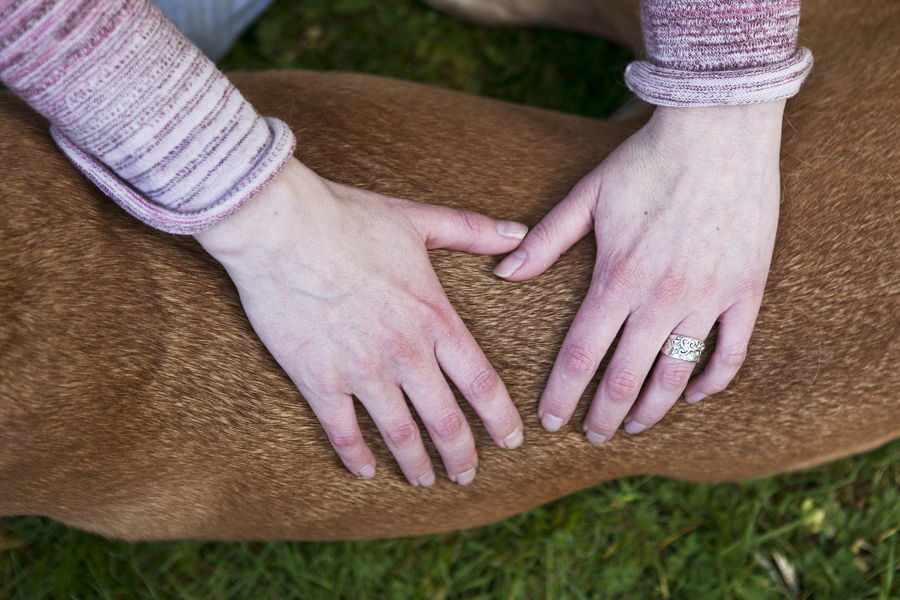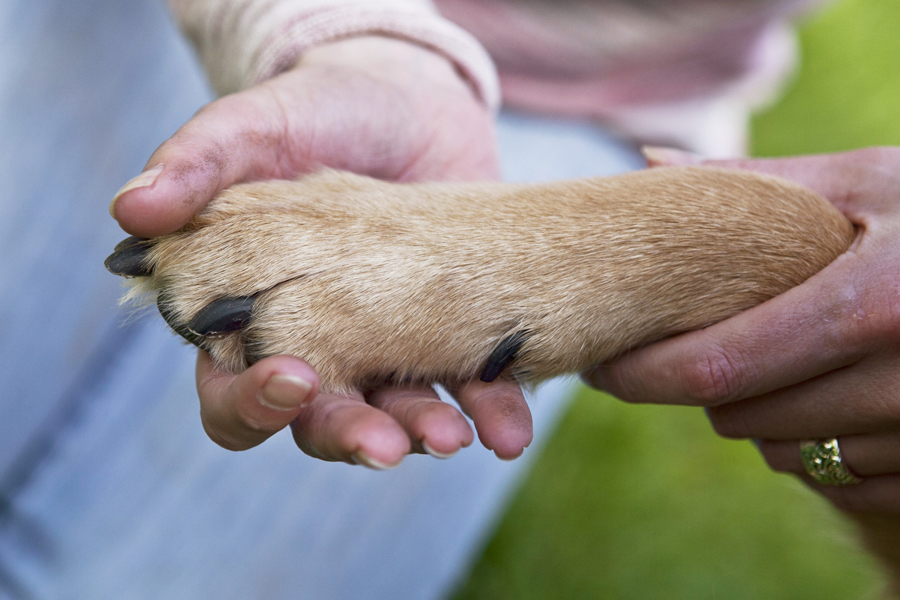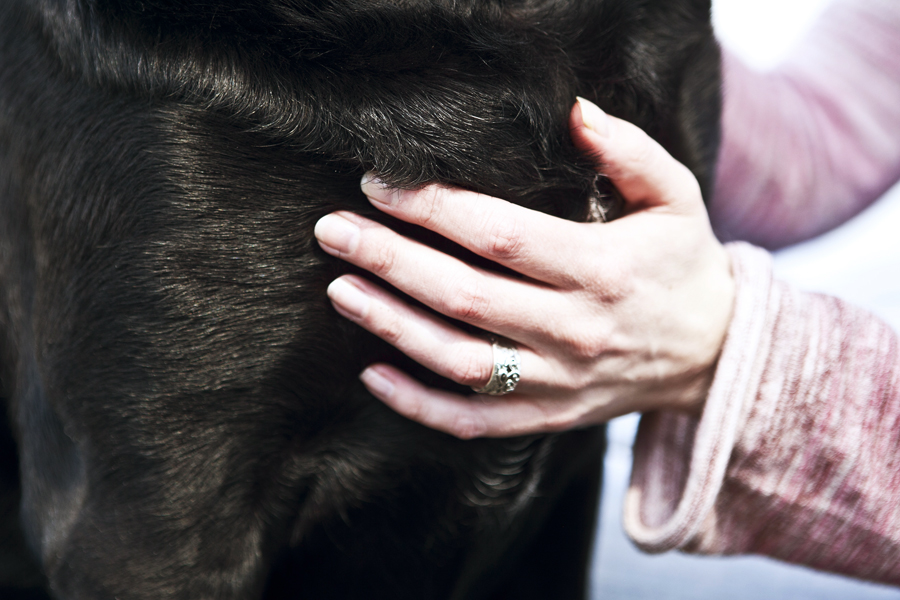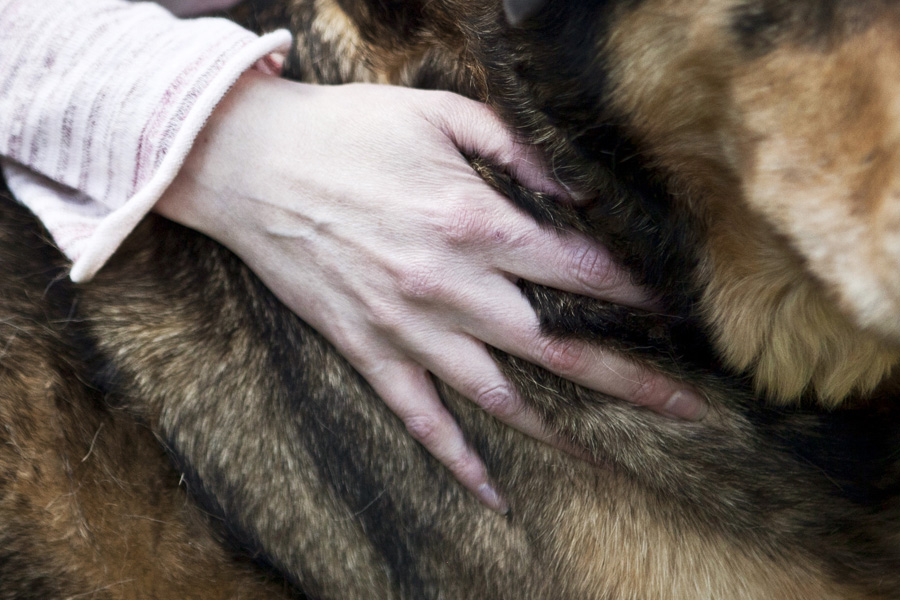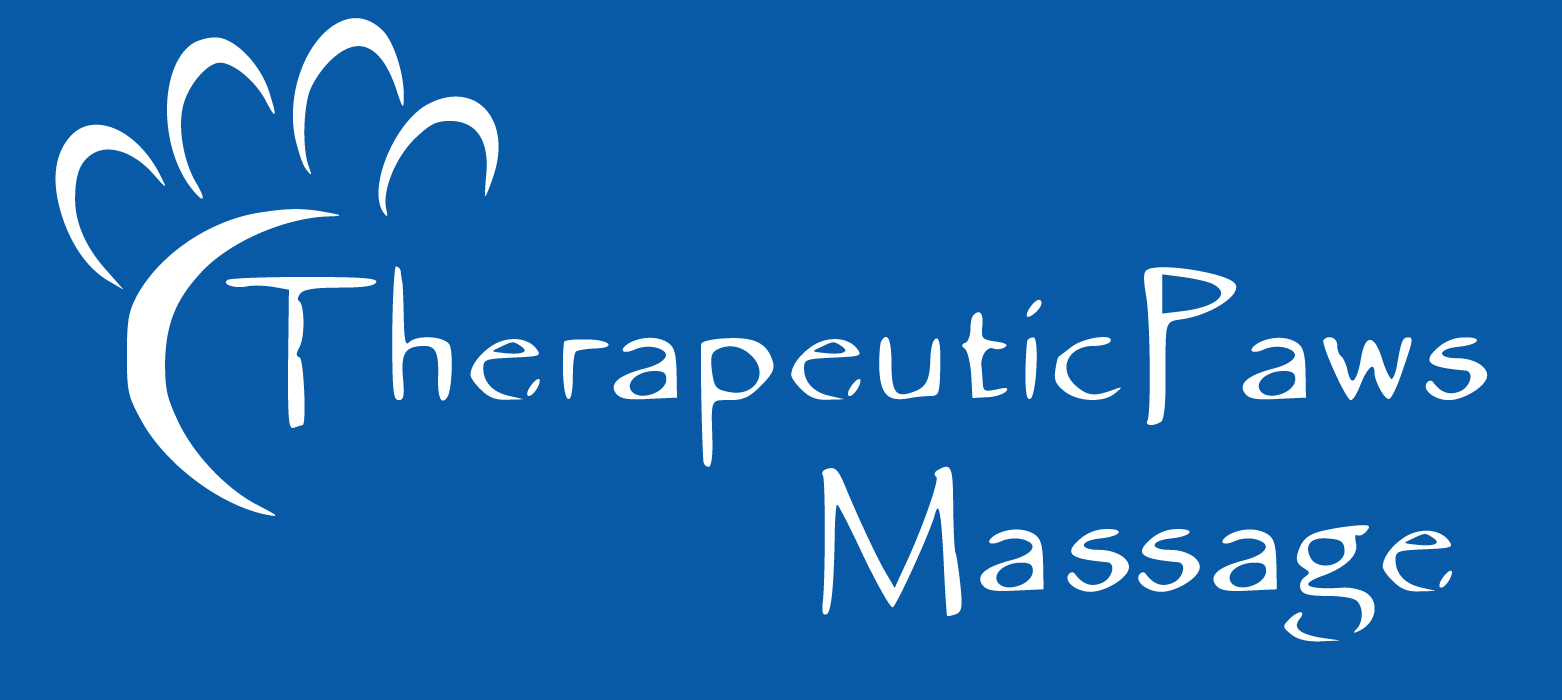Caregiver Support
Perhaps one can find comfort knowing that animals do not fear
death,
but rather worry more about us.
Unconditional love is the human-animal bond in its purest form.
Learning about a terminal diagnosis can affect any pet parent on the
deepest level. Fear and panic can easily overwhelm the ability to
think clearly and make decisions. Making fully informed decisions
about medical treatment, hospice care and end of life options is a
daunting task. Allowing oneself grace and time to absorb the
information before proceeding with next steps can set the stage for
the journey that is to come.
That is where I can come in to help. As a Certified Animal Hospice
Practitioner I can provide the needed support to pet parents with
the following:
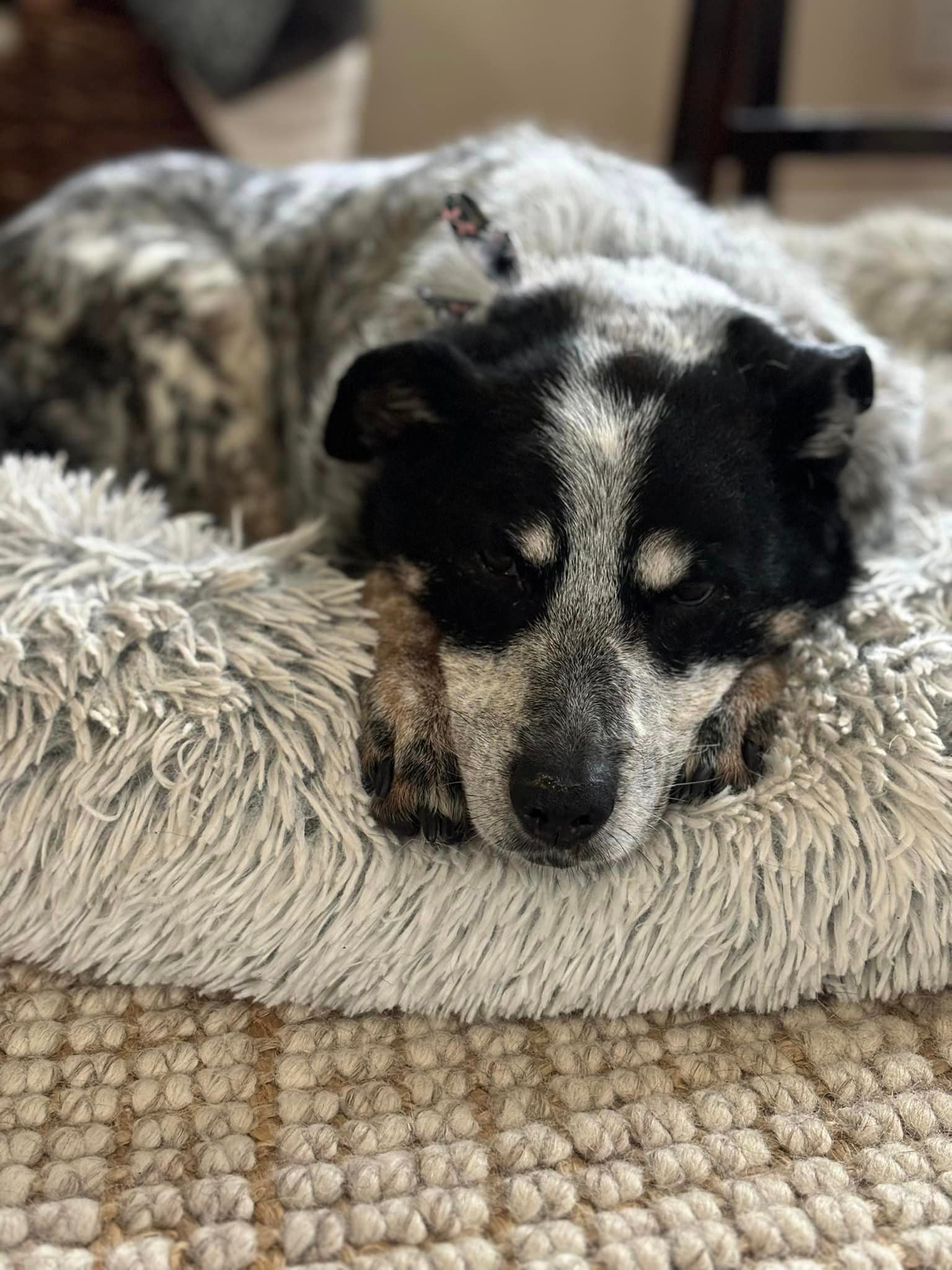
-
Learning about the available options through the philosophy of
animal hospice and palliative care
-
Provide tools and resources for navigating a life ending diagnosis
and decline
-
Understanding how to gauge quality of life from the animals’ point
of view
-
Helpful interventions for day-to-day comfort care
-
Emotional support for grief, bereavement and self-care
-
Provide guidance with end-of-life decisions to honor your family’s
beliefs and values
-
Memorialization, rituals and after-care considerations
Our animals are often mirrors of ourselves and this is the time to
be present in the moments when they count. By visualizing the
desired outcome and taking the steps ahead of time to plan for it,
you can gift your animal permission to go with grace, knowing you
did your best and did it with love.
Are you trying to navigate a terminal diagnosis with your pet?
Do you need help locating a C.H.P.V. (Certified Animal Hospice &
Palliative Care Veterinarian) in your area?
Are you interested in learning about the animal dying experience
or about a hospice-assisted natural death?
Are you a veterinarian clinic in search of support and resources
for your clients or staff?
Please, reach out to me so I can support you with your greatest
needs today.
In the animal hospice community and beyond, quality of life carries
enormous importance. As humans, we have complete autonomy and can
easily voice our preferences. Animals too have the will to live or
the will to die and it falls upon the caregivers to interpret “what
does the animal want?”. By utilizing tools and experiences of the
collective, quality of life assessments performed over time can help
paint the overall picture about your pet’s ability to enjoy life and
reduce the fear of suffering which is truly subjective and can be
hard to define.
